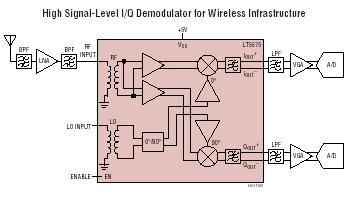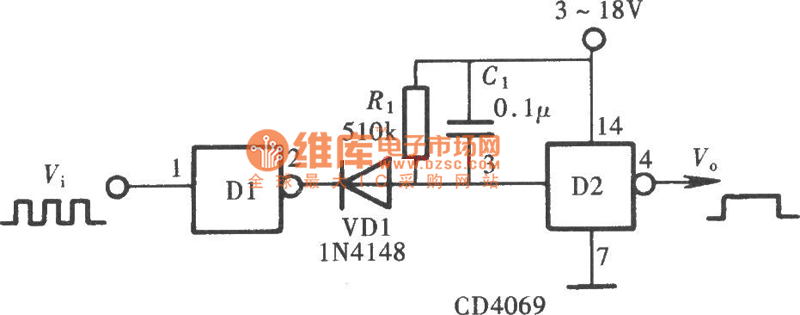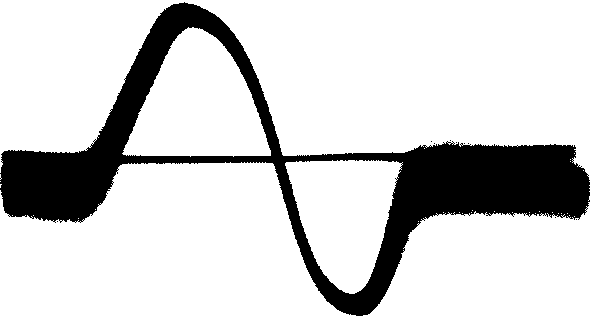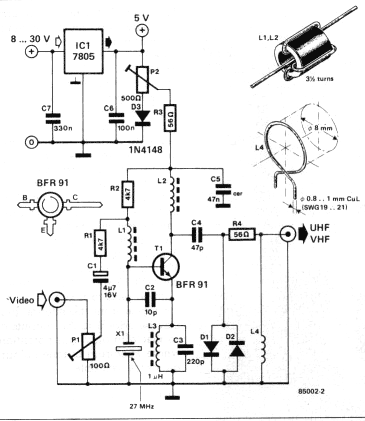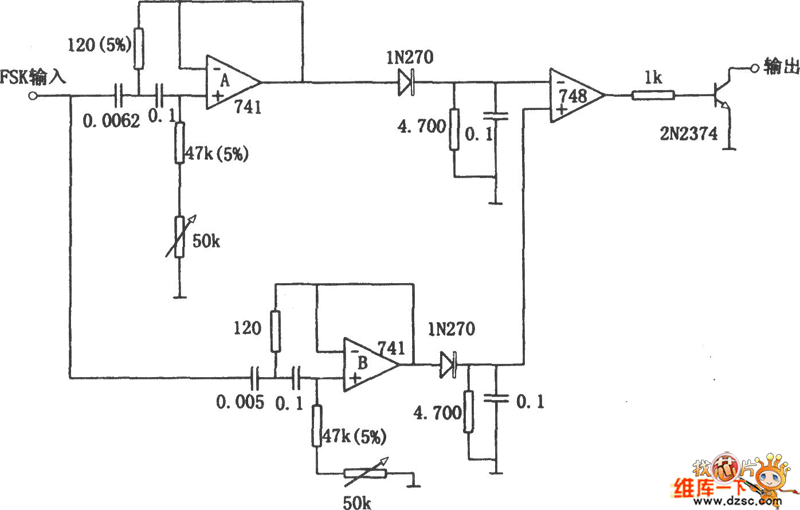
Modulator
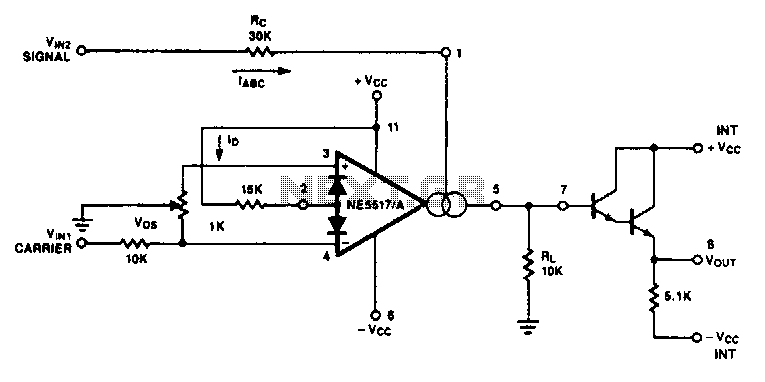
The transconductance of an operational transconductance amplifier is directly proportional to the transconductance parameter, allowing for easy control of signal amplification. The output current is calculated as the product of transconductance and input voltage. This circuit operates effectively up to approximately 200 kHz. Achieving a modulation depth of 99% is straightforward.
The operational transconductance amplifier (OTA) is a versatile component widely used in analog signal processing. It operates by converting an input voltage into an output current, which is proportional to the transconductance (gm) of the device. The transconductance can be adjusted by varying the biasing conditions, enabling precise control over the amplification of signals.
In practical applications, the OTA can be configured in various circuit topologies, such as integrators, differentiators, and voltage-controlled amplifiers. The ability to achieve a modulation depth of 99% indicates the OTA's effectiveness in applications such as amplitude modulation and signal mixing, where high fidelity and dynamic range are essential.
The frequency response of the OTA is crucial, with effective operation up to 200 kHz, making it suitable for audio and communication systems. Careful consideration of the circuit layout, component selection, and power supply decoupling is necessary to maintain performance at higher frequencies and to minimize distortion.
For applications requiring specific transconductance values, external resistors or current sources can be employed to set the gain accurately. The OTA can also be integrated into more complex systems, such as filters and oscillators, where its transconductance characteristics can be exploited to achieve desired frequency responses and signal behaviors.
In summary, the operational transconductance amplifier offers a flexible and efficient means of signal amplification and modulation, with applications spanning a wide range of electronic systems, particularly where precision and control are paramount.Because the transconductance of an operational transconductance amplifier is directly proportionai to /ABc. the amplification of a signal can be controlled easily. The output current is the product from transconductance X input voltage. The circuit is effective up to approximately 200kHz. Modulation of 99% is easy to achieve.
The operational transconductance amplifier (OTA) is a versatile component widely used in analog signal processing. It operates by converting an input voltage into an output current, which is proportional to the transconductance (gm) of the device. The transconductance can be adjusted by varying the biasing conditions, enabling precise control over the amplification of signals.
In practical applications, the OTA can be configured in various circuit topologies, such as integrators, differentiators, and voltage-controlled amplifiers. The ability to achieve a modulation depth of 99% indicates the OTA's effectiveness in applications such as amplitude modulation and signal mixing, where high fidelity and dynamic range are essential.
The frequency response of the OTA is crucial, with effective operation up to 200 kHz, making it suitable for audio and communication systems. Careful consideration of the circuit layout, component selection, and power supply decoupling is necessary to maintain performance at higher frequencies and to minimize distortion.
For applications requiring specific transconductance values, external resistors or current sources can be employed to set the gain accurately. The OTA can also be integrated into more complex systems, such as filters and oscillators, where its transconductance characteristics can be exploited to achieve desired frequency responses and signal behaviors.
In summary, the operational transconductance amplifier offers a flexible and efficient means of signal amplification and modulation, with applications spanning a wide range of electronic systems, particularly where precision and control are paramount.Because the transconductance of an operational transconductance amplifier is directly proportionai to /ABc. the amplification of a signal can be controlled easily. The output current is the product from transconductance X input voltage. The circuit is effective up to approximately 200kHz. Modulation of 99% is easy to achieve.

